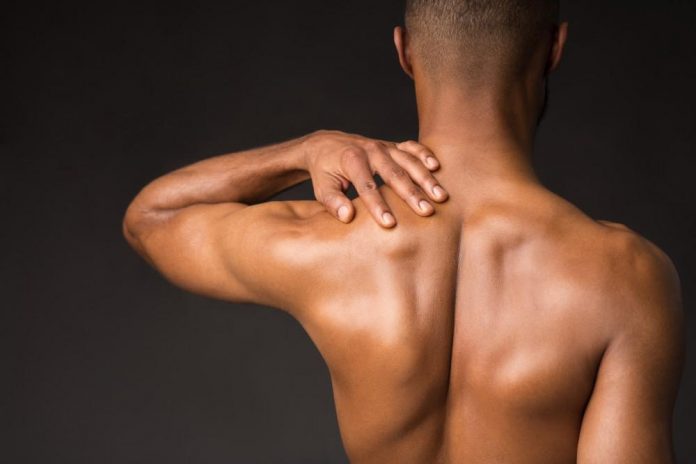Due to the lack of physical activity, every person is suffering from aches and pains in different body organs. This is why doctors advise them to start moving their bodies so that they may not suffer from muscular problems. One of such pains is chest pain, which should be taken very seriously. Chest pain might be internal or external and must be treated at any cost to avoid the dangers of cardiac arrest. Suffering from chest pain may initiate the thought of the danger of losing life in an individual’s mind. In the following article, we get to know about How to tell if chest pain is muscular? So please don’t skip the article from anywhere and read it carefully because it will be very useful for all of you guys.
A quick visit to the doctor will help clear your confusion about the chest pain you are going through. But offhand, if you want to recognize the pain, you will have to see whether the pain arises from inside or outside of the body.
How to tell if chest pain is muscular
Suppose the pain is external, which means it arises from ribs or any nerve being tangled. This may occur due to suffering from injury by falling on the chest or having a head-on accident severely impacting the upper abdomen. Bruising and inflammation will be evident when seen on the affected person’s chest, which will show that he is not suffering from any internal pain.

Sometimes, a person suffering from bronchitis or any other cough-related problem may feel chest pain in the chest. This might be possible because of the pressure exerted by the lungs on the ribs. Which may further lead to muscle spasms or strain. If you continue to cough or do any activity, this pain may increase as there will not be any rest given to the muscle.
There are some ways to identify that the pain is not internal and will help you calm down. First and foremost, the pain you are suffering might only be associated with a single place. Whereas the heart pain is internal, you will feel suffocation rather than external pain. The purely muscular pain moves from one place in the body to another. It does not tend to stay in a single place, but it is not internal again. This chest pain may also create problems for you in breathing and even sitting. Sometimes the wrong sitting posture or exposure to a cold breeze. It may cause muscle spasms or strain and take time to relieve.
Also, read: how to get rid of a hangover.








child porn
Thanks for sharing. I read many of your blog posts, cool, your blog is very good.